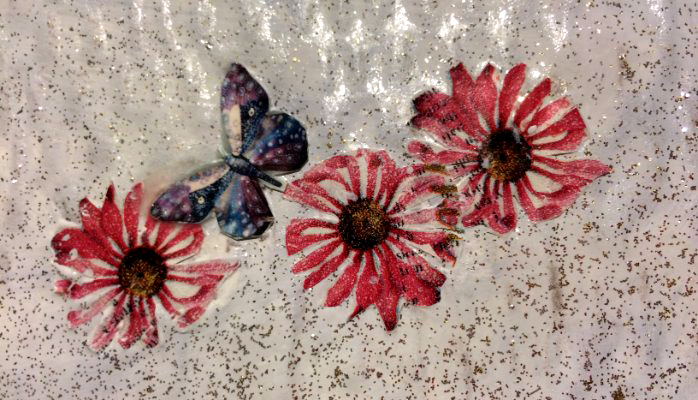Given the focus of the work I do with clients, I am interested in various ways the arts, creativity, learning and business intersect. I have spent the last 10 years exploring these connections. What are the ways in which art and design educate, communicate, and connect to facilitate and translate ideas, and information in meaningful ways?
As a result of a recent investigation, I came across The Ware Collection of Blaschka Glass Models of Plants at Harvard University Museum of Natural History
My discovery was not in person mind you. At this stage I’ve not had the privilege of seeing the real life version of this famous collection of highly realistic glass botanical artefacts. Having discovered it, it is now on my ‘collections to see’ wish list. From my observation these exquisite glass treasures reveal incredible attention to detail, craftsmanship, sensitivity and a commitment to capturing the intricacy, beauty and essence of numerous plants and flowers.
The sculptural beauties were commissioned in 1886 by Professor George Lincoln Goodale, the first director of Harvard’s Botanical Museum. Mrs. Elizabeth C. Ware and her daughter Mary Lee Ware financed the collection and presented it to Harvard University as a memorial to Dr. Charles Eliot Ware, Class of 1834.
The Glass Flowers were to serve as a 3 dimensional, educational botanical study, to aid in teaching, and serve as the premier botany exhibit. Goodale wanted life-like representatives of the plant kingdom for teaching botany. At the time only crude papier-maché or wax models were available. The life-size models include 847 species, with remarkably accurate anatomical sections and enlarged flower parts. Since the Glass Flowers are always in bloom, tropical and temperate species may be studied year-round. The models were made from 1887 through 1936 by Leopold (1822-1895) and Rudolf Blaschka (1857-1939), father and son glass artists who lived and worked in Hosterwitz, Germany, near Dresden.
When real life plants are pressed they become one dimensional and lose colour in the long term. The commissioning then of the Glass Flowers was a creative, pragmatic and visionary response to a challenging situation. How might we be able to continually observe and research the natural world?
I love this collision of beauty and function. The Glass Flowers and the cases that house them are being carefully restored. The collection continues to provide audiences with a unique way to observe, appreciate and study the natural world. Given that some of the plants and flowers captured in this collection may no longer be in existence, it is an enduring legacy that enables generations of people to engage in a remarkable aesthetic experience of the world around us.
That creative and pragmatic thinking is essential to my work with clients. Much of it is about helping people and organisations to shift their thinking, gain new perspectives on challenging situations, and create positive change. As part of that engagement I often encourage clients to produce artefacts that reveal aspects of their organisation. Working with various materials they are asked to consider the aesthetics of that artefact. What does the artefact tell us about that organisation? What is the underlying story, the current situation, or what is the new story they wish to communicate?
Imagine then, if you were to produce a powerful organisational artefact, one that represents the essence of your organisation and stands the test of time. Imagine that people continue to see value and beauty in what you do and want to engage with you over time. What would they see? What might that be? What would they say? What would be your Glass Flower legacy?
Cathryn Lloyd is the Founder/Director of Maverick Minds.
Maverick Minds creative professional development programs are designed to shift your thinking, gain new perspectives and create positive change.
Experience the power of our creative learning programs.
Artwork by Dr Cathryn Lloyd

